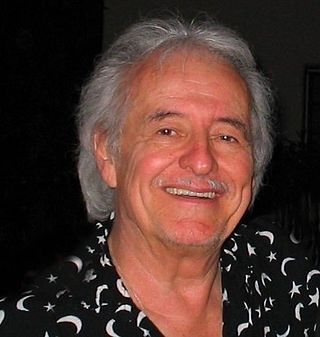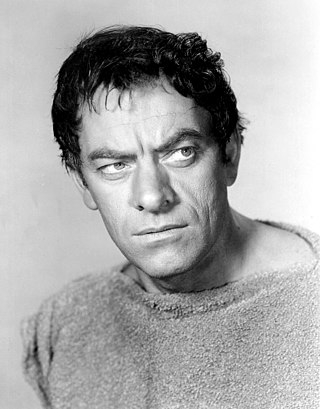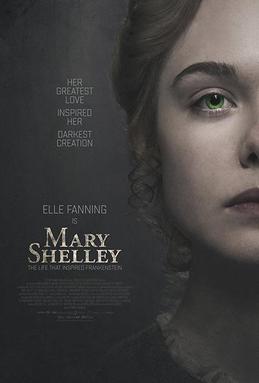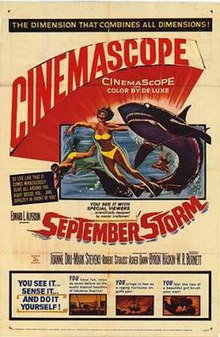
IMAX is a proprietary system of high-resolution cameras, film formats, film projectors, and theaters known for having very large screens with a tall aspect ratio and steep stadium seating.
3D films are motion pictures made to give an illusion of three-dimensional solidity, usually with the help of special glasses worn by viewers. They have existed in some form since 1915, but had been largely relegated to a niche in the motion picture industry because of the costly hardware and processes required to produce and display a 3D film, and the lack of a standardized format for all segments of the entertainment business. Nonetheless, 3D films were prominently featured in the 1950s in American cinema, and later experienced a worldwide resurgence in the 1980s and 1990s driven by IMAX high-end theaters and Disney-themed venues. 3D films became increasingly successful throughout the 2000s, peaking with the success of 3D presentations of Avatar in December 2009, after which 3D films again decreased in popularity. Certain directors have also taken more experimental approaches to 3D filmmaking, most notably celebrated auteur Jean-Luc Godard in his film Goodbye to Language.

Film preservation, or film restoration, describes a series of ongoing efforts among film historians, archivists, museums, cinematheques, and non-profit organizations to rescue decaying film stock and preserve the images they contain. In the widest sense, preservation assures that a movie will continue to exist in as close to its original form as possible.

His Majesty O'Keefe is a 1954 American adventure film directed by Byron Haskin and starring Burt Lancaster. The cast also included Joan Rice, André Morell, Abraham Sofaer, Archie Savage, and Benson Fong. The screenplay by Borden Chase and James Hill was based on the novel of the same name by Laurence Klingman and Gerald Green (1952).

Henry Darrow was an American character actor of stage and film known for his role as Manolito "Mano" Montoya on the 1960s television series The High Chaparral. In film, Darrow played the corrupt and vengeful Trooper Hancock in The Hitcher. During the 1970s and 1980s, he was seen in numerous guest starring television roles. Darrow replaced Efrem Zimbalist Jr. as Zorro's father Don Alejandro de la Vega in the 1990s television series Zorro.

Joanne Dru was an American film and television actress, known for such films as Red River, She Wore a Yellow Ribbon, All the King's Men, and Wagon Master.

Ralph Pierre LaCock, better known by his stage name Peter Marshall, is an American former game show host, television and radio personality, singer, and actor. He was the original host of The Hollywood Squares from 1966 to 1981 and has almost fifty television, movie, and Broadway credits.

John Benjamin Ireland was a Canadian actor. He was nominated for an Academy Award for his performance in All the King's Men (1949), making him the first Vancouver-born actor to receive an Oscar nomination.

Robinson Crusoe on Mars is a 1964 American science fiction film directed by Byron Haskin and produced by Aubrey Schenck that stars Paul Mantee, Victor Lundin, and Adam West. It is a science fiction retelling of the classic 1719 novel Robinson Crusoe by Daniel Defoe. The film was distributed by Paramount Pictures and filmed in Technicolor and Techniscope.

Thunder Bay is a 1953 American adventure film distributed by Universal International, produced by Aaron Rosenberg, directed by Anthony Mann, and starring James Stewart, Joanne Dru, Gilbert Roland, and Dan Duryea. It was shot in Technicolor and was released on May 20, 1953. This film tells the story of two engineers drilling for oil in the Louisiana gulf while dealing with hostility of the local shrimp fishermen fearing for their livelihood, and features the first non-western collaboration between Stewart and Mann.

Byron Conrad Haskin was an American film and television director, special effects creator and cinematographer. He is best known for directing The War of the Worlds (1953), one of many films where he teamed with producer George Pal.

Gorilla at Large is a 1954 American horror mystery film made in 3-D. The film stars Cameron Mitchell, Anne Bancroft, Lee J. Cobb and Raymond Burr, with Lee Marvin and Warren Stevens in supporting roles. Directed by Harmon Jones, it was made by Panoramic Productions, and distributed through 20th Century Fox in Technicolor and 3-D.

The Traymore Hotel was a resort in Atlantic City, New Jersey. Begun as a small boarding house in 1879, the hotel expanded and became one of the city's premier resorts. As Atlantic City began to decline in its popularity as a resort town, during the 1950s and 1960s, the Traymore diminished in popularity. By the early 1970s the hotel was abandoned and severely run down. It was imploded and demolished between April and May 1972, a full four years before the New Jersey State legislature passed the referendum that legalized gambling in Atlantic City.

Byron P. Howard is an American animator, character designer, story artist, film director, producer, and screenwriter. He is best known as the director of the Walt Disney Animation Studios films Bolt (2008), Tangled (2010), Zootopia (2016), and Encanto (2021). He is the first LGBT director to win the Oscar for Best Animated Feature twice for his work of Zootopia and Encanto.

Eye Filmmuseum is a film archive, museum, and cinema in Amsterdam that preserves and presents both Dutch and foreign films screened in the Netherlands.

Prelude to Fame is a 1950 British drama film set in Italy, directed by Fergus McDonell and starring Guy Rolfe, Kathleen Byron and Kathleen Ryan. It is based on the 1924 story "Young Archimides" by Aldous Huxley, about a mathematical prodigy who is also gifted in music.

Fish Tank is a 2009 British drama film written and directed by Andrea Arnold. The film is about Mia, a volatile and socially isolated 15-year-old, and her relationship with her mother's new boyfriend. Fish Tank was well-received and won the Jury Prize at the 2009 Cannes Film Festival. It also won the 2010 BAFTA for Best British Film. It was included in the BBC's The 21st Century's 100 greatest films, ranking at no. 65 on the list.

The Dark Avenger is a 1955 British historical action adventure film directed by Henry Levin. The screenplay was written by Daniel B. Ullman. The film stars Errol Flynn, Joanne Dru and Peter Finch. The music score is by Cedric Thorpe Davie. It is also known as The Warriors in the United States, and had a working title of The Black Prince in the United Kingdom.

Southwest Passage is a 1954 American Pathécolor Western film directed by Ray Nazarro and starring Joanne Dru, Rod Cameron and John Ireland, who are determined to make a unique trek across the west, using camels as his beasts of burden. The picture was originally released in 3-D.

Mary Shelley is a 2017 romantic period-drama film directed by Haifaa al-Mansour and written by Emma Jensen. The plot follows Mary Shelley's first love and her romantic relationship with the poet Percy Bysshe Shelley, which inspired her to write her 1818 novel Frankenstein; or, The Modern Prometheus. An international co-production, the film stars Elle Fanning as Shelley, with Maisie Williams, Douglas Booth, Bel Powley, and Ben Hardy in supporting roles.



















